Don't wait! , act now! +1-415-702-3033, Sales@RobotLAB.com
Follow UNICEF's guidance on how to keep your school virus free. Take action and join the schools that have moved forward and deployed robots to stop the pandemic, and make sure it won't come back!
Dr. Fauci warned that this virus could possibly become a reoccurring illness. Even when this wave is over, viruses won't. Take action now and keep your community safe and healthy.
Scroll to learn more.
That's how the approach to virus-free schools should be. This is not a joke, not a drill, this is real life Armageddon. Our responsibility is to keep our schools and our community healthy by approaching the challenge systematically.
UNICEF promotes the rights and well-being of every child and recommends measures to be taken by schools that can prevent the entry and spread of COVID-19 or other viruses by students and staff who may have been exposed to the virus, while minimizing disruption and protecting students and staff from discrimination.
The protection of children and educational facilities is particularly important. Precautions are necessary to prevent the potential spread of COVID-19 in school settings; however, care must also be taken to avoid stigmatizing students and staff who may have been exposed to the virus. It is important to remember that COVID-19 does not differentiate between borders, ethnicities, disability status, age or gender. Education settings should continue to be welcoming, respectful, inclusive, and supportive environments to all.
The purpose of this guide is to provide clear and actionable guidance for safe operations through the early detection and control of COVID-19 virus in schools and other educational facilities. The guidance and tools are relevant in all communities, age groups, social-economic backgrounds, faiths and ethnicities. Education can encourage students to become advocates for a clean environment and control at home, in school, and in their community by talking to others about how to prevent the spread of viruses. Maintaining safe school operations and reopening schools after a closure requires many considerations but, if done well, can promote public health.

Read unicef's key messages regarding COVID-19.

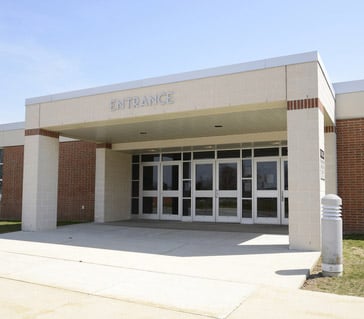
Sick students, parents, teachers and other staff should not come to school. Schools should identify individuals with fever and other symptoms
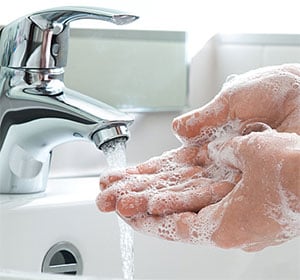
Consistently promote and demonstrate regular hand washing (at least 20 seconds) and positive hygiene behaviors (sleeve sneeze).
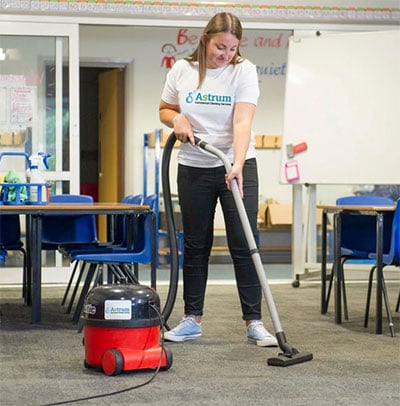
Clean and disinfect school buildings, classrooms particularly high-traffic surfaces and areas
Let robots do the dull and dangerous job, not humans! Breathing disinfectants every day isn't a good idea for the long run, holding a UVC sanitation light can cause skin cancer, and vacuuming floors simply isn't enough.
As we can see around us now, the health of our community is far too important and requires a systematic and meticulous approach, a task that only robots can perform successfully. That's why schools employ robots with the required skills to disinfect their spaces, an approach that offers a better quality and a cost-efficient protection to their students and staff.
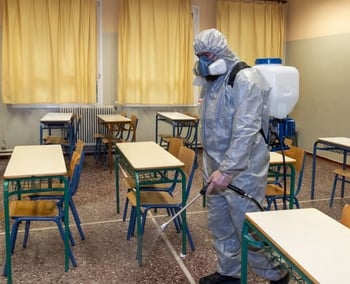
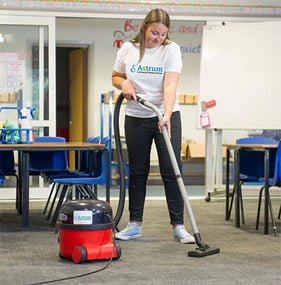
Robots that are designed to check fever at the school entrance, and alert staff if a deviation from standards was found, while offering a friendly experience to the individual in question.
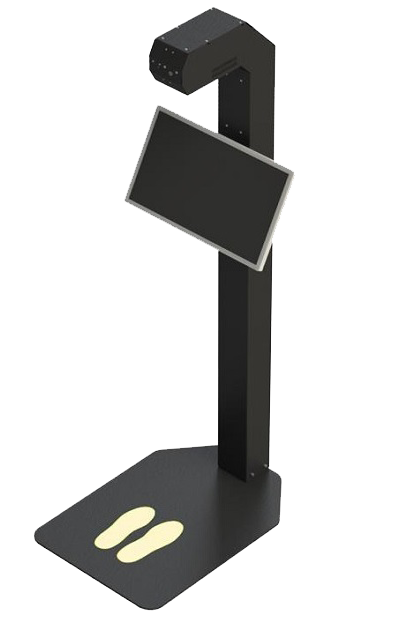
The RobotLAB ThermoReader Station is an autonomous screening station for recognizing the initial symptoms of COVID-19. This solution provides contactless body temperature measurement in public areas. The measurement process takes 5 seconds, with 0.2 degrees accuracy.
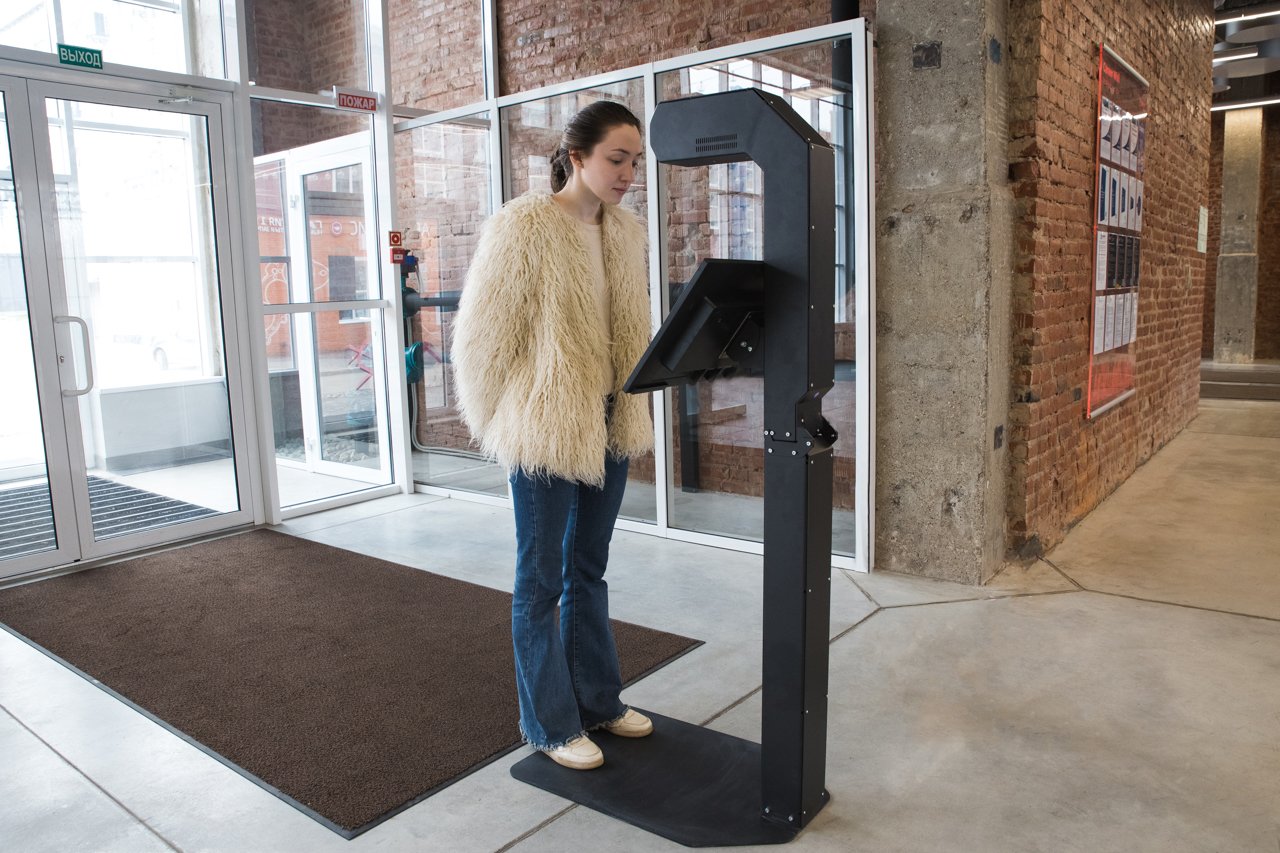
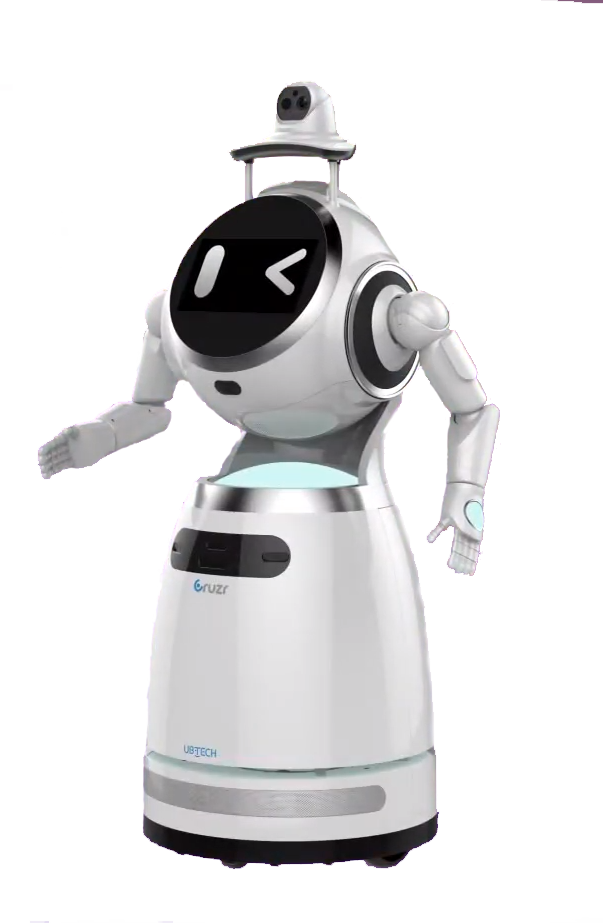
Cruzr is a 4-ft. tall advanced self-driving humanoid robot capable of complex actions and interactions with humans. This version of Cruzr allows body-temperature measurement and screening and mask detection at a rate of 60 people per minute. It also offers remote video calls with staff. It's currently used to fight against Coronavirus (COVID-19).
Place it at the entrance to school in the morning to get alerts when an individual with fever is detected before they get in to school, or in the hallway during a recess or lunch break. It will monitor and protect the community every day, all day long.
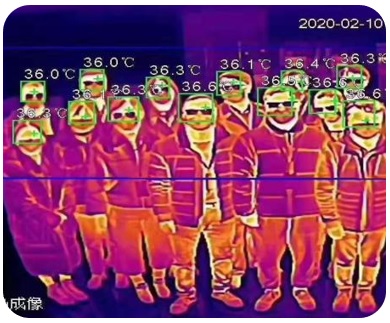
Operator's view of students with respective body temperature
Cruzr can also detect individuals who are not wearing face masks in an indoor environment with large traffic. When someone is identified, CRUZR can remind the person to wear his mask thought a customized voice message and send a real-time notification to the staff.
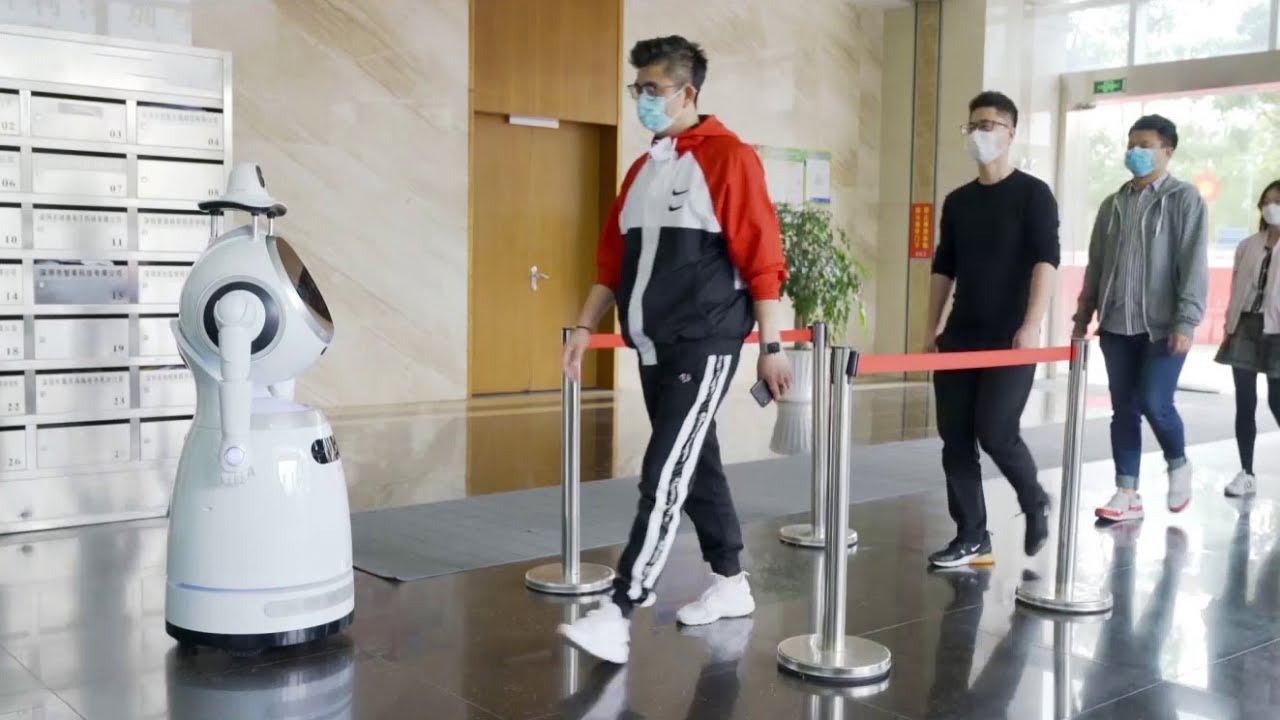 A Typical deployment at the entrance of school
A Typical deployment at the entrance of school
Robots that are designed to routinely repeat and demonstrate best practices to stop virus spread. Demonstrating positive hygiene in a friendly and interactive way, every day, all day long.
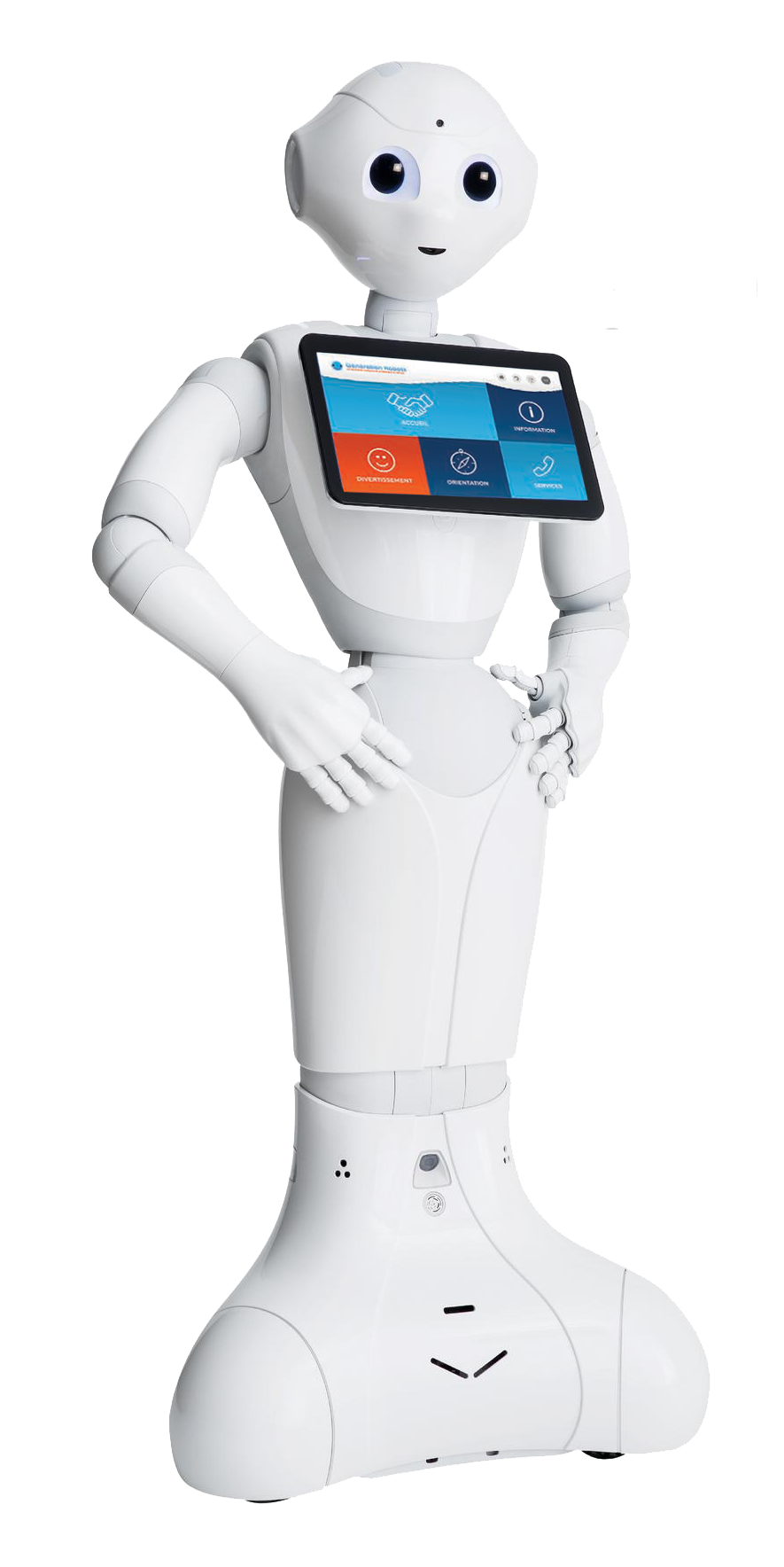
Pepper is a 4-ft. tall advanced humanoid robot that offers an unparalleled human-robot connection. This emotional robot will repeat and demonstrate positive hygiene procedures everyday, all day long, Using its human shape, the robot will demonstrate, vocalize and show videos on the table of the proper way to wash hands, sleeve sneeze, and wearing a mask.
Place it by the restrooms or dinning room, to get the maximum effect. or bring it into classes regularly to educate students and remind them best practices. With lesson plans, quizzes and an online learning platform it is a truly educational tool.
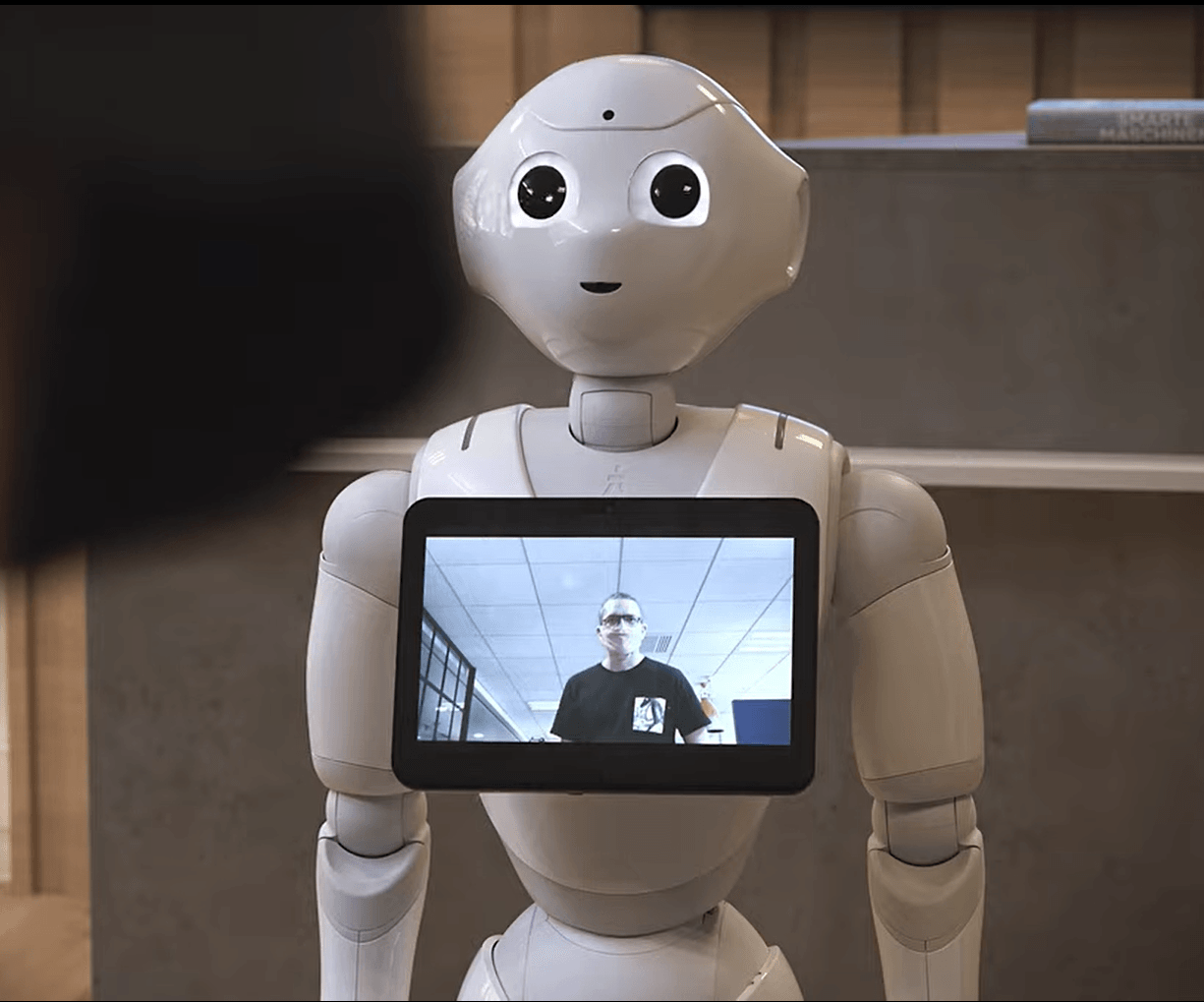 Pepper mask detection. (Image from Softbank Robotics)
Pepper mask detection. (Image from Softbank Robotics)
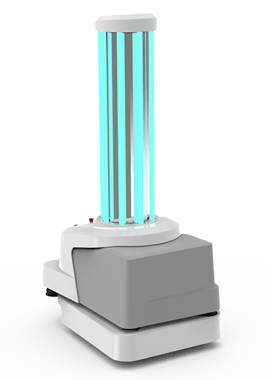
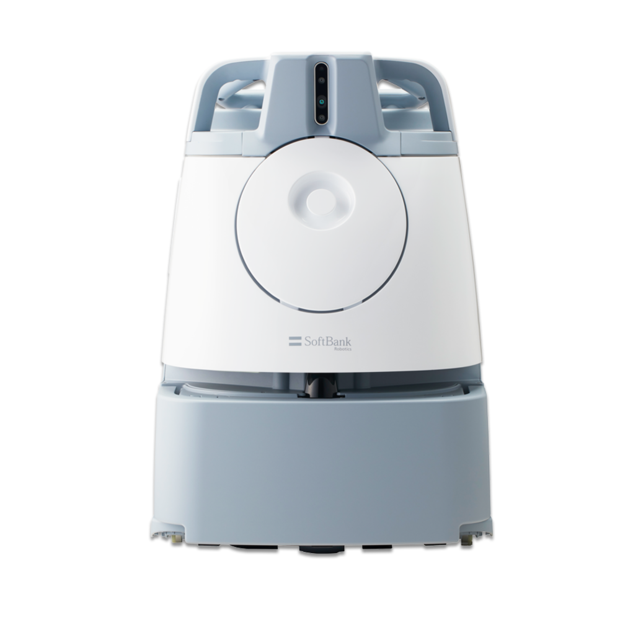
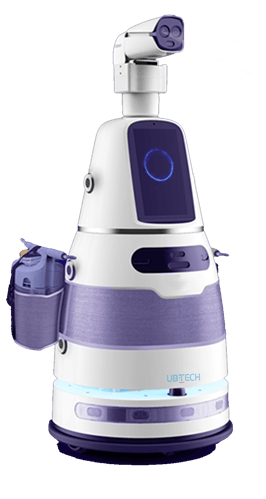
Either by spraying disinfectant on surfaces or flooding the rooms with bacteria-killing UVC light, these robots will make sure that no matter what came into the school today, won't last till tomorrow to start a new epidemic.These autonomous robots can navigate tight spaces, follow a predefined map, or create their map as they go about their job.
They start their day when everyone left for the day. The robots are pre-programmed with tasks and locations, and can be monitored remotely. Each robot can navigate classrooms and hallways, and can work for 10 hours straight, ensuring that come morning, the school environment will be as sterile as possible.
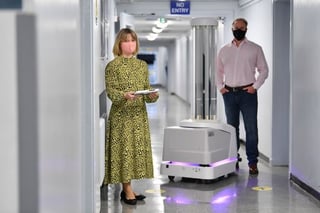
A UV Robot sanitizing and disinfecting an school
Dr. Anthony Fauci
Director of the National Institute of Allergy and Infectious Diseases
Headquarters Office:
950 E State HWY 114
STE 160
Southlake TX 76092
Call us: +1-415-702-3033